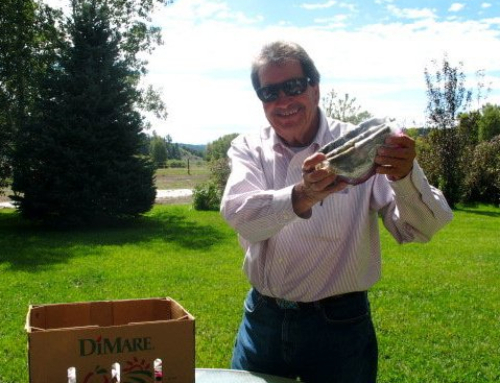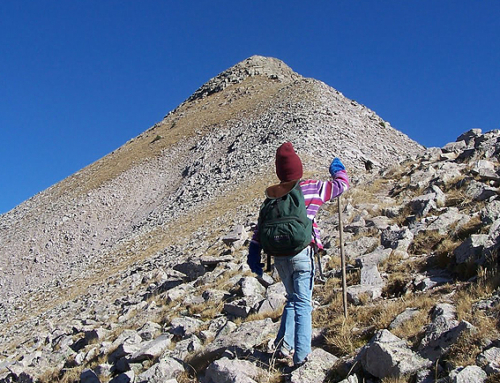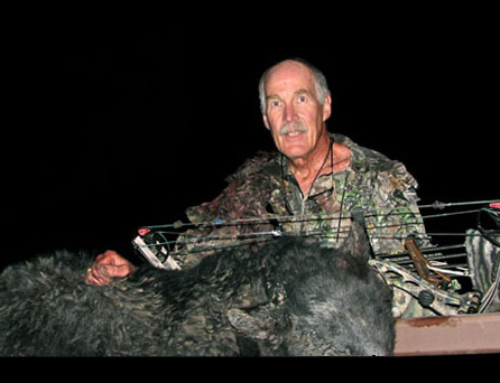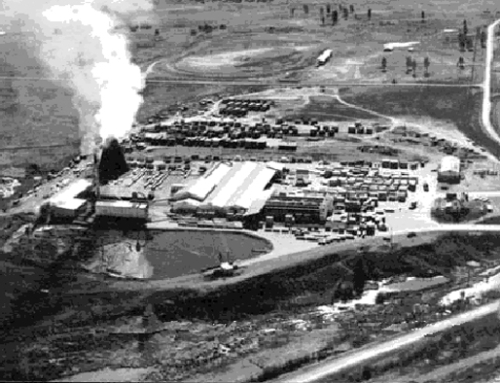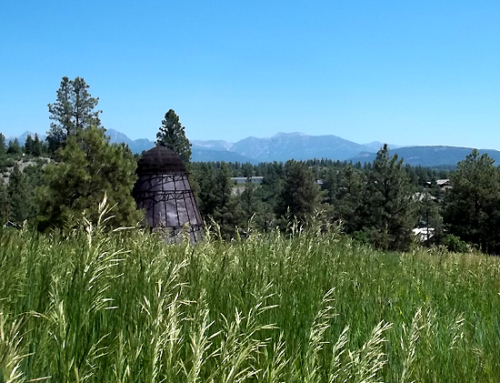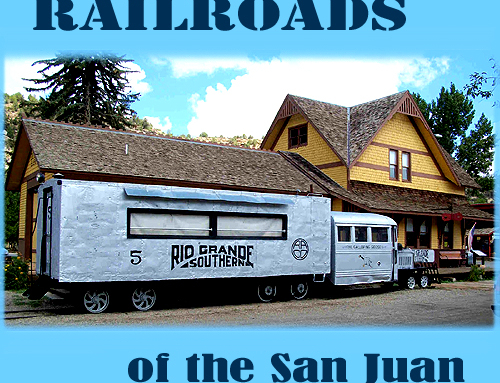Lost Gold in the San Juan
by Norm Vance
Find a mountain peak or scenic vista somewhere in the vicinity of Pagosa Springs and look around at the distant mountains stretching from west to east and then south, on the east side, following the Continental Divide. According to legends, you are looking over millions of dollars in lost treasure. This area has long been thought to have gold hidden by prospectors and miners long ago. There are several stories or legends of this lost gold.
As far back as the late 1500’s, the French were known to have found and hidden gold. The Spanish and others came later, also finding and hiding stashes. The major problem was that gold is very heavy and the San Juan Mountains are rugged and have a short warm season. In a time before roads, this country was hard to travel even with the barest of supplies. It is easy to understand why several people or even teams of men opted to hide their treasure planning to return for it later, better supplied, or when the weather was better. The Indians were also, naturally, reluctant to allow these strange pale people free use of the mountains. Unknown numbers of prospectors and miners fell to Indian attacks. Not being a gold standard society, the Indians were said to have buried large amounts of gold left by the first white men..
Interesting stories related by early explorers, Mountain Men, and Indians refer to secretive men and groups of men who were seen in the mountains “working hard and armed to the teeth.” There is little doubt why.
The Indians, being perfectly at home in the forest, often watched the activities of the strangers in the forest. To the Indian, this was a “close encounter of the third kind” and white men passing did not go unnoticed. Certainly the Indians could figure out what the strange men were up to.
Of the prospectors who took gold out of the mountains in the early years, few stories exist. Most of their gold was found by panning for flakes and nuggets in streams without actually mining for it. Many found and took all they wanted or could carry. The first white men, the Mountain Men looking for beaver, would have seen gold in the rivers as this is where the beaver were. It was their stories that inspired the quest for gold that later became the classic “gold rush.” When many seekers came the gold available in streams was quickly found and removed. They followed these nuggets and flakes upstream and sometimes up networks of side tributaries until the place where it was washing out of the earth was found. Then they mined back into the “vein” of gold ore, sometimes finding much more. When they dug the prospector became a miner.
Although the mountains surrounding Pagosa Country were rich in gold the immediate area had no big gold finds or mines. The largest finds were north of Pagosa in the Silverton-Telluride area and over to Lake City and Creede. The exceptions were the Black Diamond Mine on the East Fork of the San Juan and Summitville, just east of the divide south of Wolf Creek Pass. So, there were no big mines here but gold was found in streams, is there still natural gold under the mountains along with the hidden treasures that haven’t been found, yet?
The earliest legend revolves around the area now known as Treasure Mountain. ( Follow Treasure Mtn. Trail from the East Fork of the San Juan Road) A French group is said to have mined several millions of dollars in gold. They had time to smelt it down into crude ingots but winter, disease and Indian attack forced them to bury it somewhere in the area of Treasure Mountain. Of almost three hundred men only a handful made it out of the mountains and only one made it back to France. It was a hard time with war in Europe and no immediate effort was made to return for the treasure. The person who made it back was leader of the expedition and he kept a map and many years later his son traveled here looking for it. When he failed he rode horse back down the East Fork to the San Juan where his horse bucked him off. He became the first recorded drowning in the San Juan River. For more see The Legend of Treasure Mountain on this website.
In the early part of this century, a family lost a teenager in the Treasure Mountain area. After several days and search parties he finally wandered into Pagosa Springs in poor condition. When able to talk he told of having stumbled and “fell through the ground.” He fell into a deep hole where he found rotten leather bags of gold. He said he believed he could lead a team back to the spot. Then he promptly died. Could this have been part of the Frenchman’s gold or another hidden treasure?
During the early years people found and hid gold for various reasons. One story involves a man named Stewart. He was a young captain in the U.S. Cavalry on a mission to California with a detachment of cavalrymen. They traveled the Old Spanish Trail that passes across the San Juan Basin that Pasoga Springs is now located in. Captain Stewart wanted to camp by and use the Pagosa Hot Springs but found an Indian camp on the flats around the spring. He then turned north and into the mountains to avoid contact with them. He and his men camped by a stream in the forest. In the stream, a young “chore boy” found “most unusual sand.” The existence of “fool’s gold” was well known so Stewart took a sample on to California where it was assayed as rich in real gold. His military duties kept him busy and he later became well off in California. It was thirty years before he came back to search for his “lost placer.” He, nor any of the others he enlisted to help, or many others in later years ever found the gold.
There is an Indian legend that tells of a group of Indians that actually observed Stewart or perhaps a similar group discovering gold in a stream. When the men left the Indians covered the gold with rock and dirt, causing the stream to be redirected. It is possible that gold exists buried on a stream bank up in the Wiminuche Wilderness waiting to be rediscovered.
There is still interest in finding gold and other valuable ore in the San Juan. Some local shops sell gold pans and instruction books on searching for gold. Someday, somebody will be panning and a gleam of yellow will be seen. The fortunate panner will walk upstream and begin digging in the bank. He will find a natural placer, a hidden treasure, or perhaps Captain Stewart’s placer, “Gold as small as sand and as large as wheat grain covering the entire stream bed.” Good luck!
Many other such stories are relayed in “Golden Treasures of the San Juan”. This book is on reference at the Sisson Library in Pagosa Springs.

